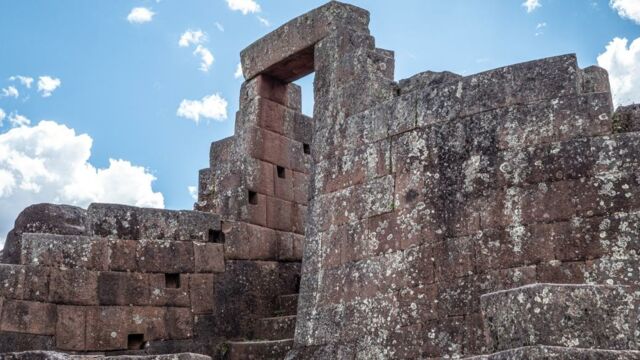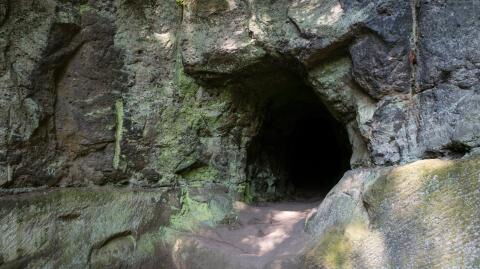In the heart of the Peruvian Andes, deep in the famous pre-Inca archaeological site of Chavín de Huántar, researchers have recently uncovered an ancient network of galleries, chambers and underground passages. These may have been used for religious rituals, possibly involving the use of psychedelic drugs. This discovery is all the more remarkable given that this hidden complex with its very particular characteristics had not been explored for 3,000 years.
Discover our latest podcast
A hidden site dedicated to curious rituals
According to John Rick, the Stanford University archaeologist who led the work, some of the complex's dark chambers may have been used for sensory deprivation experiments, while the larger galleries of the underground network appear to have been used for idol worship.
The researcher told Live Science:
They are stone-lined passages, corridors, rooms, cells and niches, large enough to walk through, covered with stone beams
The galleries have a variety of functions from what we can tell, but all are related to ritual activity.
In all likelihood, these places could be considered the administrative and religious centres of the Chavín culture. These mysterious Andean people lived in the north and centre of what is now Peru between 3,200 and 2,200 years ago.
Opened for the first time in 3000 years
A total of 36 galleries and passages have been discovered at the site during excavations undertaken over a total of 15 years. However, the latter network was only detected a few years ago and could only be explored very recently, in May of this year (2022), due in part to restrictions caused by the Covid-19 pandemic.
When the archaeologists were finally able to get to the site, at an altitude of more than 3,000 metres, they were able to penetrate passages that had probably been sealed off some 3,000 years ago, and that no one had explored since.
Researchers discover secret tunnels under 3,000-year-old pyramid temple in Peru https://t.co/xXiNKDF1lfpic.twitter.com/NLm3KRdkJv
— VOP Today News (@VOP_Today) June 26, 2022
And the surprises were not long in coming. The passages in question led to the main gallery that contained two large stone ritual bowls, one of them decorated with the head and wings of a condor, a bird whose symbolism is known among the Andean peoples. This earned the place the nickname ‘Condor Gallery’.
John Rick explains:
The Condor Gallery shows numerous lines of evidence indicating an age of at least 3,000 years since the gallery was built, and probably since it was officially sealed
Psychedelic drugs for religious ceremonies?
Very little is known about the Chavín culture. However,anthropologist and archaeologist Richard Burger, an expert in South American prehistory at Yale University who was not involved in the research, believes that the two bowls discovered in the heart of the ‘Condor Gallery’ were probably mortars used to grind psychedelic drugs for religious ceremonies.
In any case, the richness of the site uncovered by John Rick's team should provide a prime playground for archaeologists, as most other religious sites of similar age found in the region are generally much smaller and simpler. The experts are undoubtedly not at the end of their surprises.
John Rick said:
We have now documented the gallery, but there is still a lot to explore
Major excavations will begin next year
This article was translated from Gentside FR.
Read more:
⋙ Remarkably preserved 2000-year-old Roman temple discovered in Netherlands
⋙ Rare mosque that's more than 1200 years old discovered in Israeli desert
⋙ Archaeologists discover never-seen-before Mayan god sculpture in Mexico















